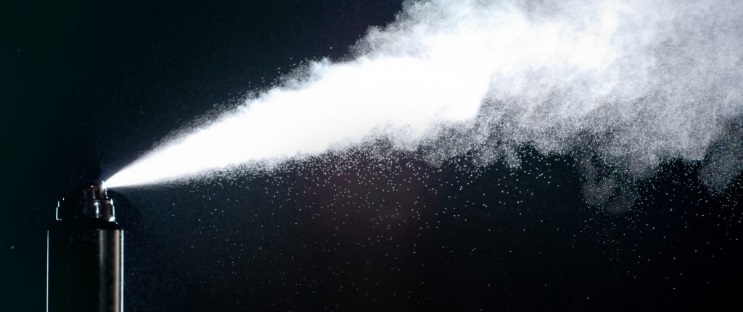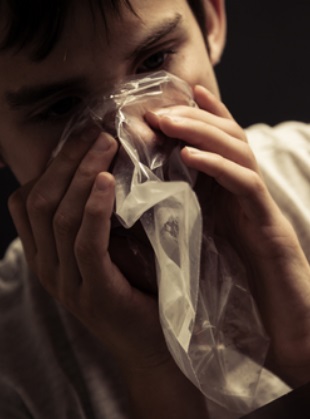Our greatest glory is not in never failing, but in rising up every time we fail.
Ralph Waldo Emerson


3.6% of 8th graders, 2.4% of 10th graders, and 1.8% of 12th graders reported using an inhalant within the last year.

Inhalants are substances that produce chemical vapors that can be inhaled to induce a psychoactive, or mind-altering, effect.
Although other abused substances can be inhaled (like cocaine), the term "inhalants" is used to describe a variety of substances whose main common characteristic is that they are rarely, if ever, taken by any route other than inhalation. The three types of vapor substances that are commonly abused are described below. Notably, the household items that may be easier to obtain are also the inhalants that can cause the most damage.
Most inhalants act directly on the nervous system to produce mind-altering effects. Within seconds, the user experiences intoxication and other effects similar to those from alcohol with more distortion of senses, including sight, time, and space. Dizziness, light-headedness, and agitation can occur and innate physical sensations, such as hunger/thirst, go away almost immediately. This quick effect of euphoria dissipates within 5-15 seconds. In some cases, inhalants may cause slight hallucinations. Repetitive users can build up a tolerance and feel less of a high with each use.
Short Term Effects
Long Term Effects



.png)
.png)
.png)